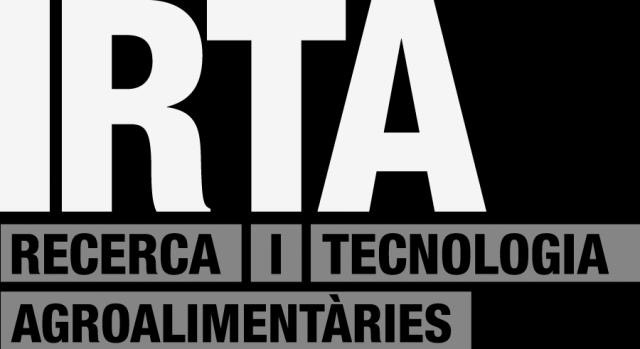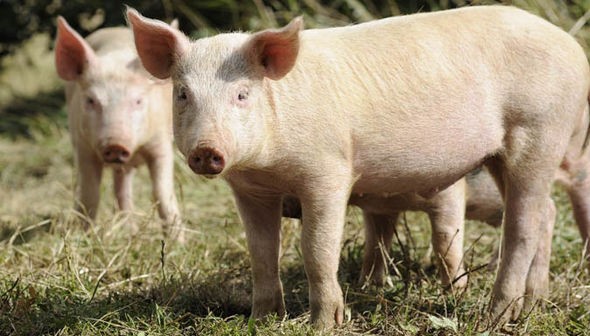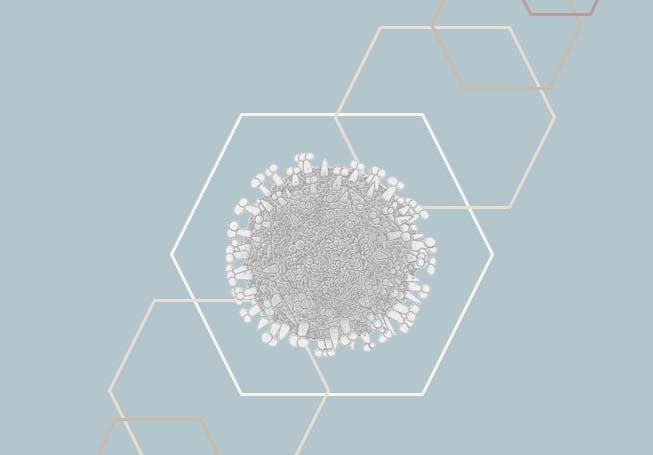Category Archives: Research
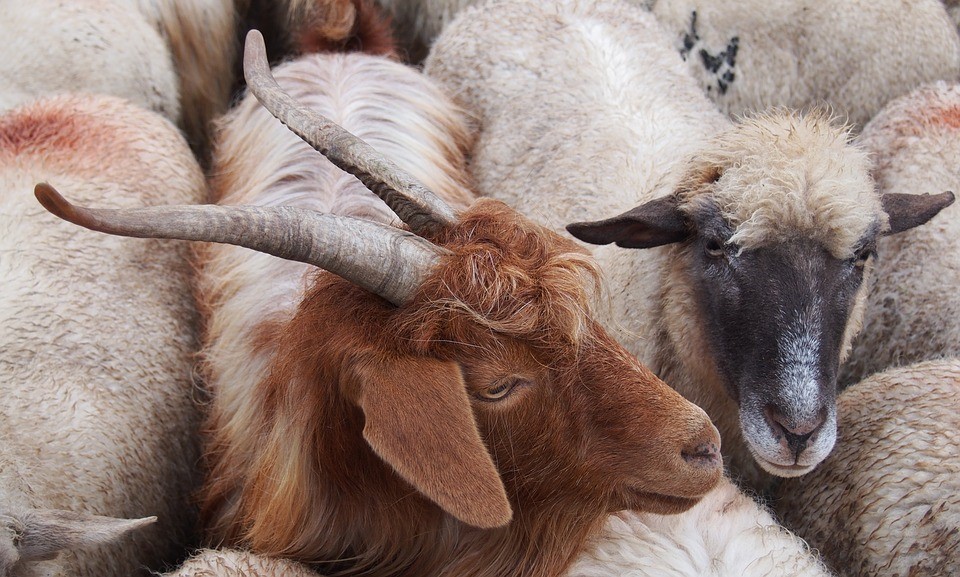
Of goats, sheep and tuberculosis
Tuberculosis is one of the diseases with which we work at IRTA-CReSA. We can do this because we have a level 3 biocontainment unit that allows us to work directly and safely with the infectious agents that cause tuberculosis. Zoonoses like this, diseases that affect animals and people, are also one of the reasons that explain the existence of a research center like ours.
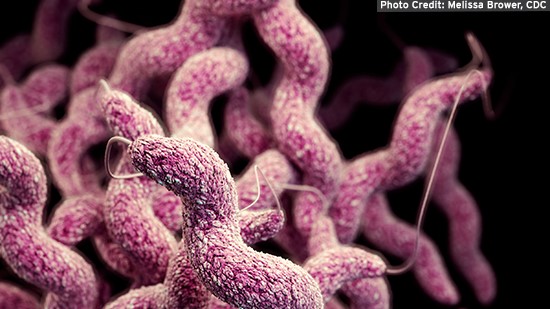
From the microbes of chickens to our plate
Campylobacter is one of the main responsible bacteria for foodborne diarrheal diseases. Most of the cases of diarrhea are associated with the consumption of food, mainly poultry meat contaminated with Campylobacter, hence, this bacterium represents a problem for food security of first order. Unlike Salmonella, Campylobacter is not part of the popular vocabulary, nor does it appear regularly in the media, although it is one of the pathogens responsible for the largest number of cases of diarrhea in humans in the European Union.
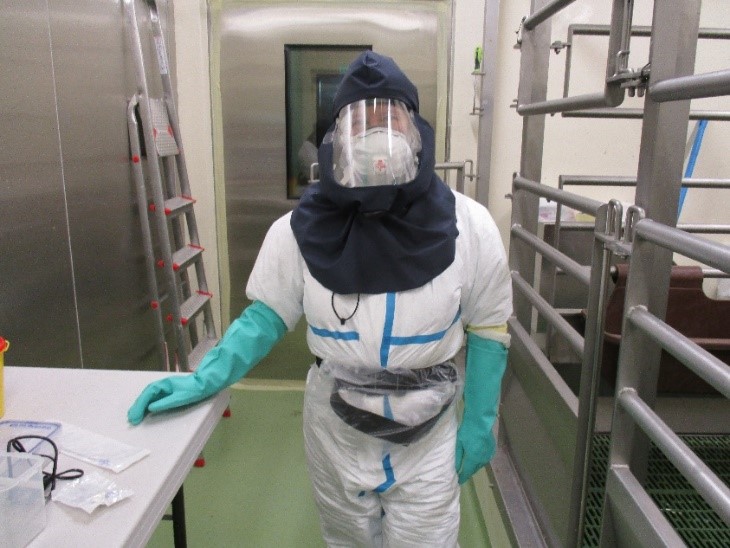
Where does MERS-CoV hide?
Coronaviruses represent a threat to humans, as evidenced during the 2002/2003 coronavirus infection of Severe acute respiratory syndrome or SARS-CoV.
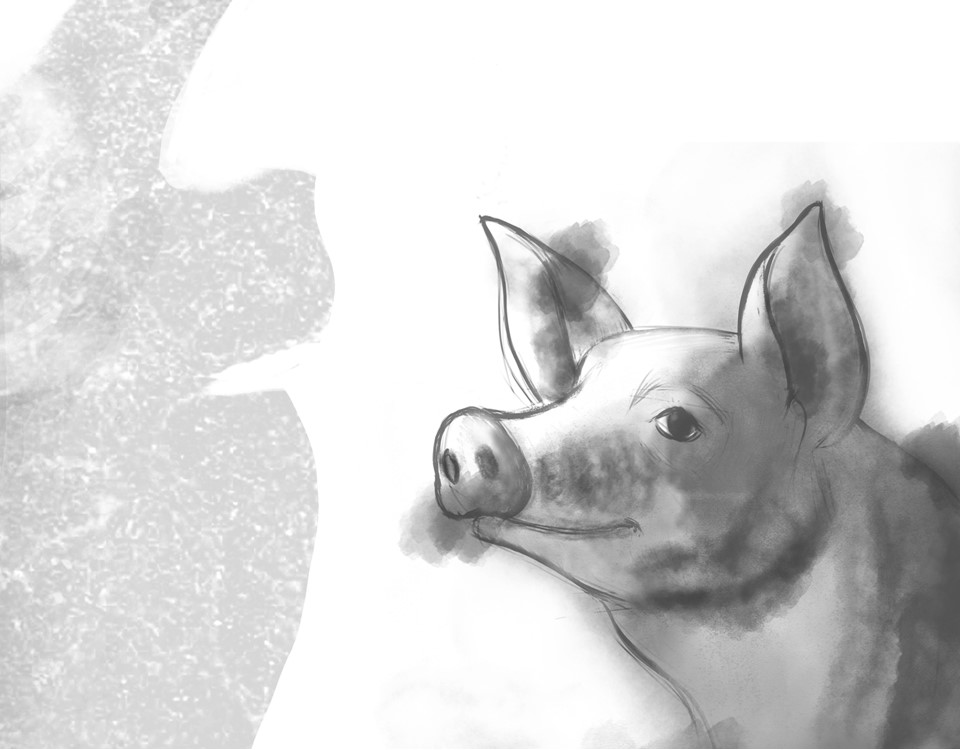
Moving towards an improved experimental model for reproduction of pneumonia induced by Mycoplasma hyopneumoniae
The 25th of April, Beatriz Garcia Morante will defend the PhD thesis entitled “Moving towards an improved experimental model for reproduction of pneumonia induced by Mycoplasma hyopneumoniae” led by researchers Dr. Marina Sibila and Dr. Joaquim Segalés of IRTA-CreSA center. This thesis is the result of the work done during three years under an Industrial Doctorate scholarship. The close collaboration with the pharmaceutical company Boehringer Ingelheim has been absolutely fundamental and enriching for the PhD student, since it has offered another scientific perspective and made possible several trips to one of the company’s veterinary research centers, in Hannover (Germany).

PRRS, a virus drooling on the ropes
Currently, porcine reproductive and respiratory syndrome, more commonly known as PRRS, its acronym, represents one of the major headaches of the pig farms in the country. An outbreak of PRRS causes reproductive problems in sows, such as abortions in the last third of gestation, preterm delivery and birth of weak piglets, many of which die before they are weaned. In the transition piglets and fattening pigs PRRS is manifested by respiratory signs, growth retardation and increased mortality. As a result, the economic losses are very high, ii is indeed one of the most costly diseases for intensive pig production systems.
February 2017, a case of highly pathogenic avian influenza was detected in a Stork in Catalonia
For over 10 years IRTA-CReSA has been conducting diagnosis and technical assistance within the surveillance program of avian influenza in wild birds in Catalonia as commissioned by the DARP. This program was initiated with the aim of an early detection of circulation of highly pathogenic avian influenza H5N1 virus that affected wild birds and poultry. The virus had been circulating Asia and was finally detected in Europe in 2006.

